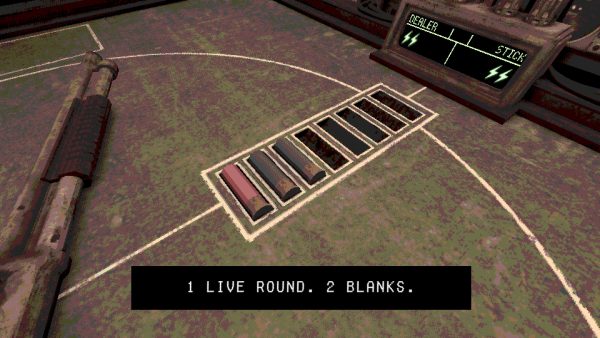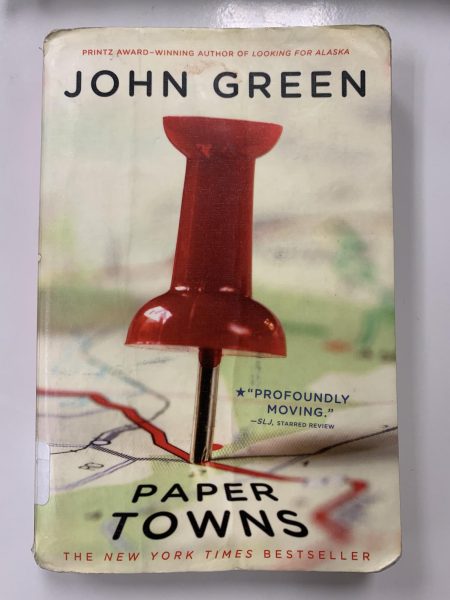“Nightmare Alley” Review
January 26, 2022
“Nightmare Alley”’s latest adaptation by “The Shape of Water” director Guillermo del Toro knocks it out of the park. I read the book before watching it, but really I should not have. This movie is gorgeous, more worth watching for the visuals. It beats the devil out of National Geographic. Several times, I found myself lost in the middle of a dialogue sequence because my mind was occupied staring at the costumes or background design.
There is a plot to it too, and that part is adequate, but it isn’t as special as the look. Over a series of months, watch as a conman desperately tries to keep it all together, sort of like “Shattered Glass” or “Uncut Gems.” Also like those 2 movies, it is profoundly sad and set in New York. And it works, the writing is functional. If anything, it is over-written; sometimes, it feels like the interest of seeming literary and artistic can triumph over the interest of telling an interesting, engaging story. Characters can, at times, feel like they are mere subjects of irony, social commentary, and foreshadowing, rather than the very well dressed and wholly rounded people that they are, or, at least, should be.
Do not get me wrong, the characters here are not limp. They are great, they just lack agency. Some, particularly Molly, feel like their contribution to the story is overly simple. Others, like the psychoanalyst, or the billionaire, contribute massively to the story, but these are side characters. Their significance saps that of characters who are perhaps more deserving of the screen time.
Predictability is another word relevant to this movie, because, well, it is. I made a comparison to “Uncut Gems” earlier, and this is where the comparison breaks. When “Uncut Gems” reaches a fork in the road, it fakes the audience out, then un-fakes them out, then politely informs the audience that none of it mattered anyways because, while they were distracted, a highway robber stole your car. “Nightmare Alley” does not have forks in the road. If “Uncut Gems” is a rollercoaster, “Nightmare Alley” is a round-trip bullet train.
But predictability in media gets a bad reputation. Predictability at its worst spoils an ending and saps a story’s stakes, but it does not have to be this way. There is good, well-executed predictability; the kind that adds to a story’s suspense and increases tension. The best example of this in popular media would probably be “Squid Game,” Season 1, Episode 6, the episode with the marbles. That episode is my personal favorite of the show, and part of what I think makes it so good is its predictability. As soon as the marble game’s parameters are announced, there is only the illusion of a question for how each relevant pair will end. The episode throws some curveballs, but the gut instinct for each pair ends up being correct. What makes “Squid Game”‘s marbles so good, so thrilling, is its cruelly slow unwinding, and seeing the extent that each character reaches while trying to survive. “Nightmare Alley” shares similar qualities, albeit less refined. I will be honest and say that “Squid Game” is an overall more entertaining story than “Nightmare Alley,” but “Nightmare Alley” is both sadder and prettier, and that is worth something.



